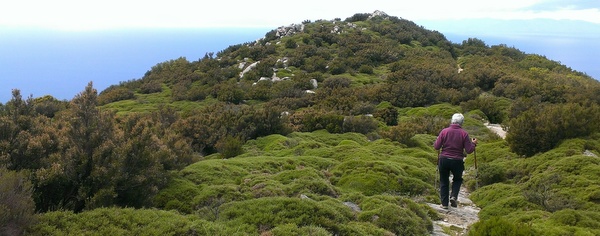Exploring Elba
Submitted by admin on 7 May 2014
The island of Elba sits opposite the coast of Tuscany, about 20km from the town of Piombino, where the ferry leaves to connect the island to the mainland. It has a population of about 31,000 residents but is incredibly popular with visitors during the summer months who come to enjoy the secluded coves, azure waters and stunning views from the mountains to the Mediterranean sea.
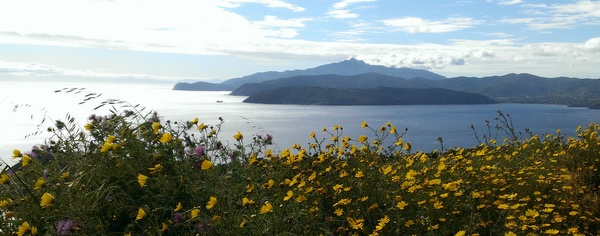
Known even in Etruscan and Greek times for its hoard of treasured metals, the islanders had been involved in mining copper and iron for millennia, and the steel mills on the island were operating until just after the second World War. Elba's chequered history has seen it pass from the hands of the Romans to the Lombards, from Pisan control to the Medici dynasty and in the 18th century it was partitioned between Tuscany and Spain. It was given wholly to the Grand Duchy of Tuscany at the Congress of Vienna in 1815, before Italy was fully unified in 1861.
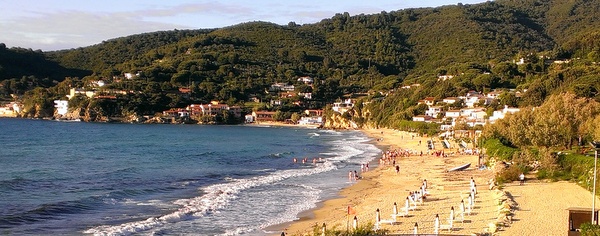
Elba's most famous historical figure is arguably Napoleon. Having annexed the island in 1802 during the Napoleonic wars he then found himself exiled there after the 1814 Treaty of Fontainebleau. Napoleon chose the island, allegedly because of its mild climate and gentle inhabitants and perhaps also because he could see the island of his birth, Corsica, on a clear day. He arrived in May 1814 with a small army of loyal officers but by February 1815 he had found a means of escape, and this sparked the "Hundred Days" which led up to his final defeat at Waterloo. You can visit his two homes on the island - the Villa dei Mulini and the Villa Napoleonica di San Martino.
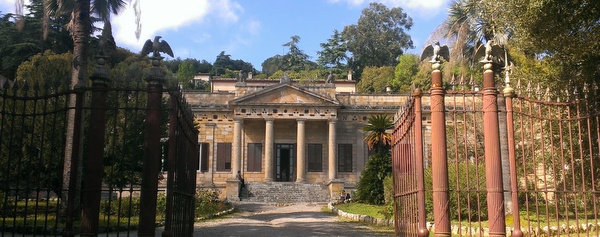
Today, with the decline of the metal industries, the chief income generator is tourism. The island's 150kms of coastline offer endless beaches, bays and peninsulas and at the western end of the 28 km long island is the highest peak, Monte Capanne, which stands at just over 1,000 metres above sea level. It's a paradise for hikers, cyclists, scuba divers and windsurfers.
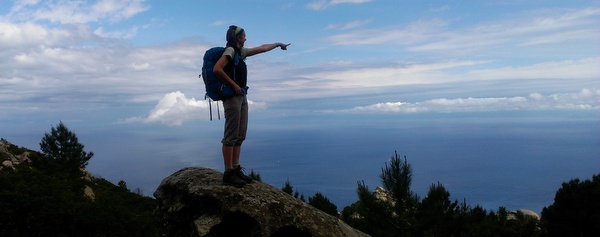
The capital city, and really only major town on the island, is Portoferraio, named after its key role as the port for iron exports. It's a bustling busy town encircled by huge fortified walls built by Duke Cosimo de Medici. There are some wonderful restaurants and cafés, churches, museums and a stunning theatre rebuilt by Napoleon from an abandoned church.
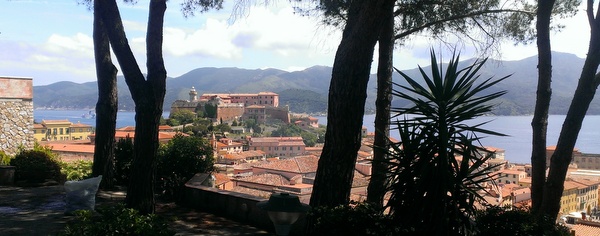
This tour is scheduled to run 6-14 May 2016 and the itinerary includes three nights in the Renaissance gem of Lucca, two nights in historicVolterra and three nights on beautiful Elba at the end of the holiday. The tour will start and finish in Pisa, but travellers might prefer to stay longer on Elba to explore further or just enjoy the sun-filled beaches. Foot passengers can return by ferry to Piombino where they can pick up trains which will connect with Pisa and Rome.
